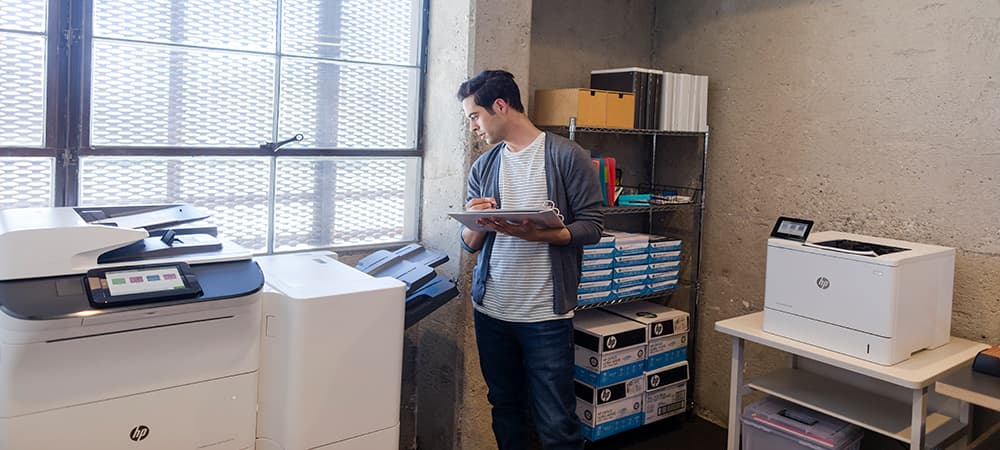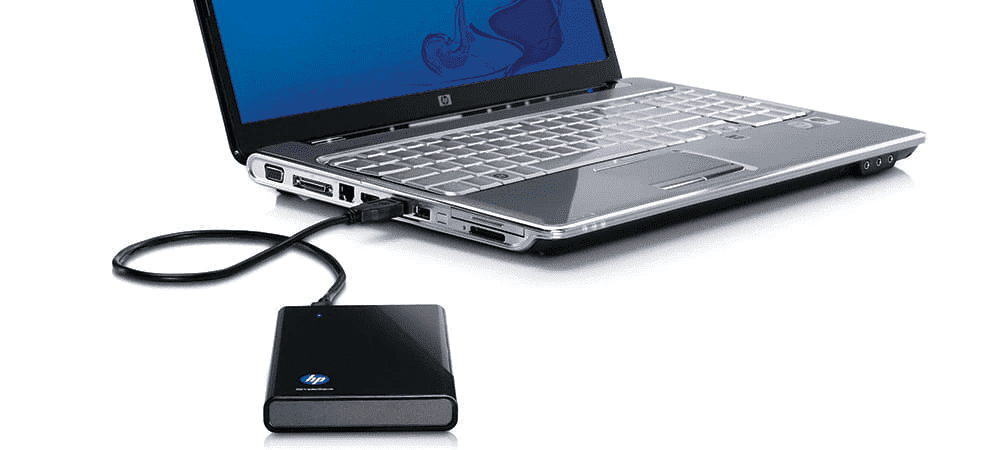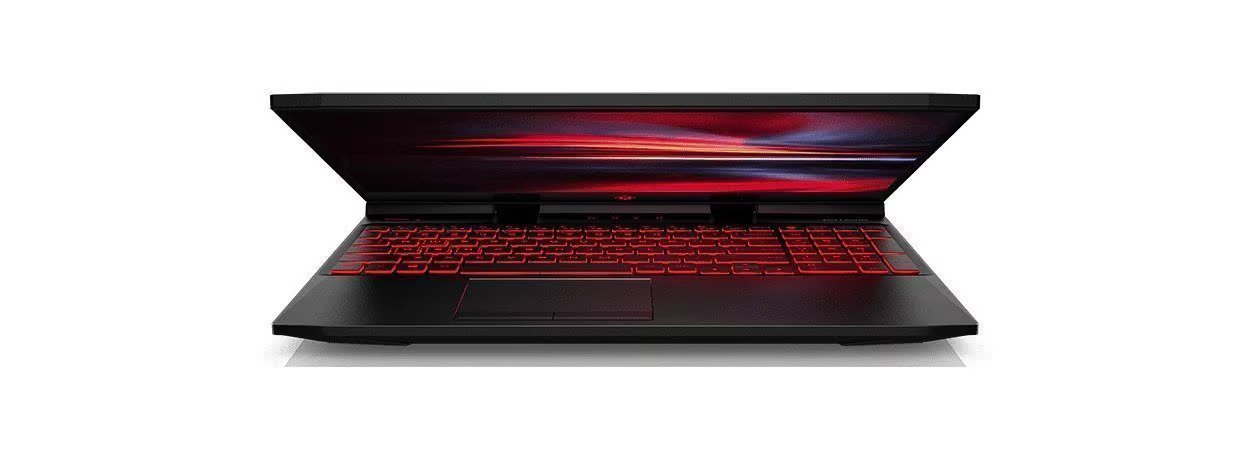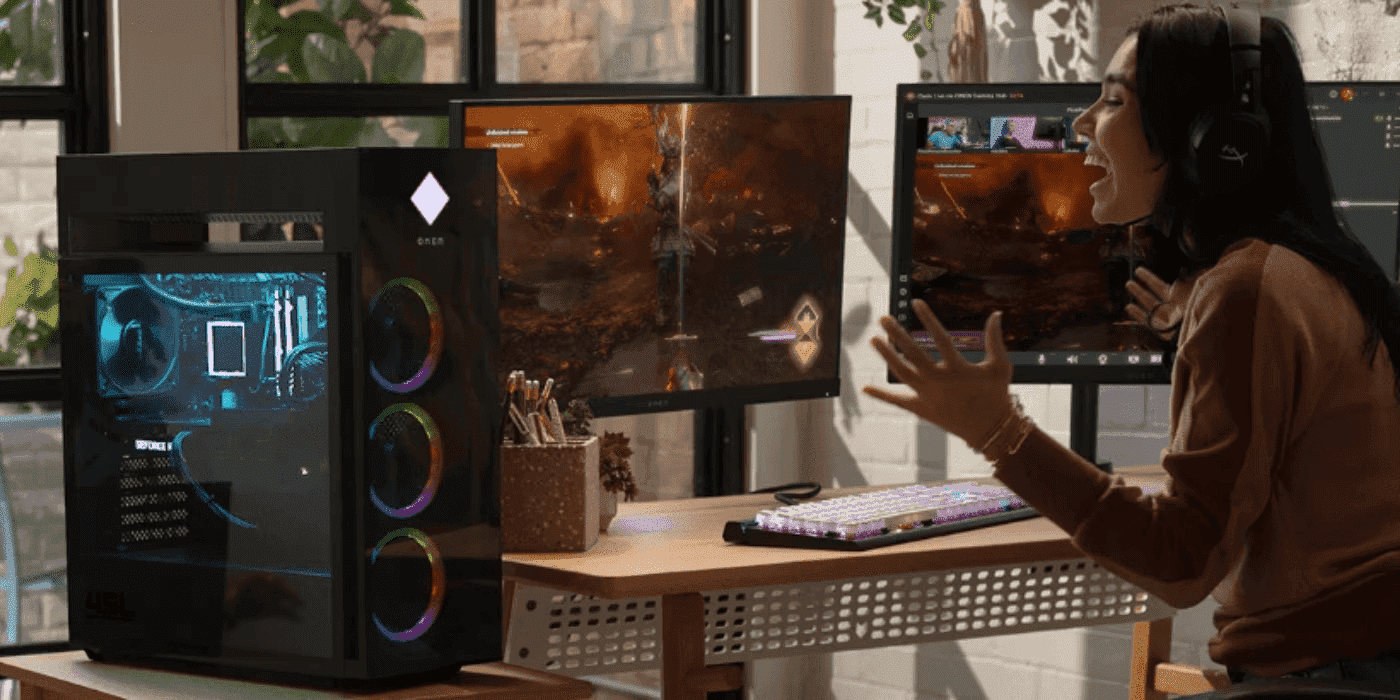Thank you for visiting the SG HP Store
-
Contact Us
CONTACT USCall us
- Sales
- 1800 278 0182
- Technical support
- +6562725300
Mon-Fri 8.30am - 5.30pm
(exc. Public Holidays)
Chat with us- Sales
- 6531292625(WhatsApp)
-

Mon-Fri 8.30am - 5.30pm
(exc. Public Holidays)
Live product demo
- My Account
Monthly Archives: March 2023

-
Posted: March 26, 2023Categories: DesktopsRead more »
If you’re in the market for a new computer, the options can be overwhelming. Do you want a laptop? Or is a desktop better suited to your needs? Or maybe you’re interested in the streamlined all-in-one computer? While you may be familiar with how a laptop differs from a traditional desktop, the difference between a desktop and an all-in-one is not as straightforward. Here are the major perks and downsides of each type of computer, along with the best models on the market today.
-
Posted: March 26, 2023Categories: DesktopsRead more »
There are two kinds of desktop computers: the tower computer and the all-in-one (AiO). The tower computer is the traditional desktop computer you grew up with. This setup has three main units: the monitor, the peripherals, and the tower. The “tower” refers to that big box that houses the computer’s main components - it’s usually a tall-standing rectangle, hence the name. You can hook up a variety of different computer monitors, keyboards, and mice to your setup, but the desktop tower is the mainstay. An all-in-one computer combines the tower and the monitor into a single unit. Typically, an AiO computer features a thicker monitor, with all components fixed behind the display. However,
-
Posted: March 25, 2023Read more »
Unlike traditional printers that pass the paper over movable printheads, HP PageWide printheads are stationary. The paper goes under the actually page-wide, immovable printhead, at an incredible speed, while thousands of tiny ink nozzles apply the HP Thermal InkJet color. In fact, there are 6 chips per printhead, each containing more than 6,000 nozzles. That means each printer has more than 25,000 nozzles, which helps to deliver a quick print with no reduction in quality. The ink itself must be placed at exactly the right point and at the right time to create a proper print. This accuracy is driven by the way the paper is transported through the printer, as well as how individual sensors tell the printer to release each drop of ink. With only one pass to get it right, these printers are built to be incredibly reliable. As each page passes through, you get a complete print
-
Posted: March 25, 2023Categories: MonitorRead more »
An in-plane switching (IPS) monitor is a type of LCD (liquid-crystal display) monitor. It’s made up of backlighting or a mirror behind a polarizer. These sit behind the liquid with crystals mixed into it. The monitor relies on perfect alignment of the liquid crystals to pass along the light to the next polarizer. These crystals spin into position when electrically charged. In front of all of this is another polarizer, with the whole thing covered in the protective glass "screen" that we see with our eyes or touch, if it's a touch screen product. IPS is the standard for high-end monitors, such as those in some touch screen displays. There are two other types of LCD panels in today’s displays. These are TN (twisted nematic), which are commonly used for less-expensive computer displays, and VA (vertical alignment), which have excellent contrast with deep blacks, but their slow refresh rates make them better for watching
-
Posted: March 22, 2023Categories: LaptopsRead more »
These days, laptops are increasingly used in ways that make them a substitute for more traditional desktop setups. The effort to miniaturize critical components centers on finding the right balance of portability and performance to give consumers a product that’s versatile and easy to move around with them.
-
Posted: March 22, 2023Categories: MonitorRead more »
Setting up an extra display or replacing an older monitor with a new multiscreen configuration is an excellent way to improve your overall computing experience. A second monitor adds substantial screen real estate; a serious perk for both work and play.
-
Posted: March 21, 2023Read more »
Cloning a hard drive comes with several benefits that make it an easy way to get the most out of your storage solutions. Cloning allows you to create a 1-to-1 copy of your hard drive, which is useful when you need to backup or transfer data. Even better, it also allows you to copy over your Windows 10 installation with your preferences and settings completely intact.
-
Posted: March 21, 2023Categories: AccessoriesRead more »
When buying a new computer or upgrading your current PC, you’ll notice a growing number of storage options available. And it’s not just that you can choose from different-sized hard drives, either. With solid-state drives, hard disk drives, and hybrid options on the table, it’s tough to know what to choose these days.
-
Read more »Virtual reality (VR) has made its ceremonious arrival into the gaming world and it’s here to stay.
If you haven't yet experienced this immersive and transformative gaming environment phenomenon, then you will most likely be doing so in the near future. The technology is not only consistently improving, but it’s also coming in at lower price points.
A VR laptop is fast enough to run virtual reality games or applications, and some laptops are engineered specifically to play VR games. Here are the best HP VR-ready laptops today.
VR headsets for your laptop
The two major options for VR headsets are the Oculus Rift and the HTC Vive. These integrated headsets offer unique features - such as microphones, stereo headphones, and handheld input devices - to track your movements, -
Posted: March 21, 2023Categories: DesktopsRead more »
Ever wonder what makes a computer fast? In this article, we’ll talk about everything you need to know in order to build the fastest desktop computer for your budget, from choosing the ideal case design to installing and testing components. If you’re considering a home build, you’ll be glad to know that putting a computer together isn’t necessarily that much more complicated than careful shopping. Here’s everything you’ll need to buy or think about before you get started.
- Sales
- 1800 278 0182
- Technical support
- +6562725300
Mon-Fri 8.30am - 5.30pm
(exc. Public Holidays)
- Sales
- 6531292625(WhatsApp)
-

Mon-Fri 8.30am - 5.30pm
(exc. Public Holidays)
Live product demo






















